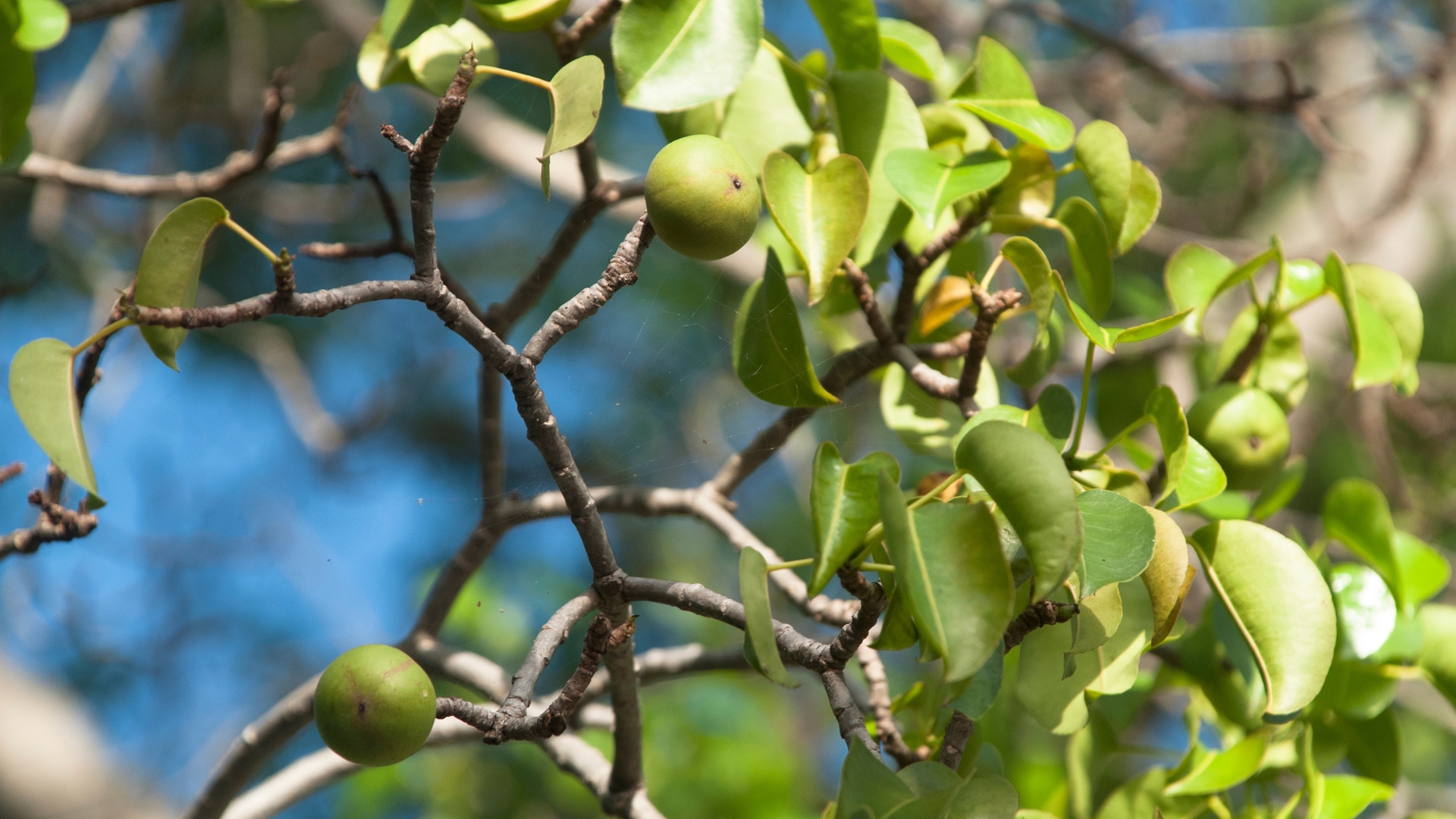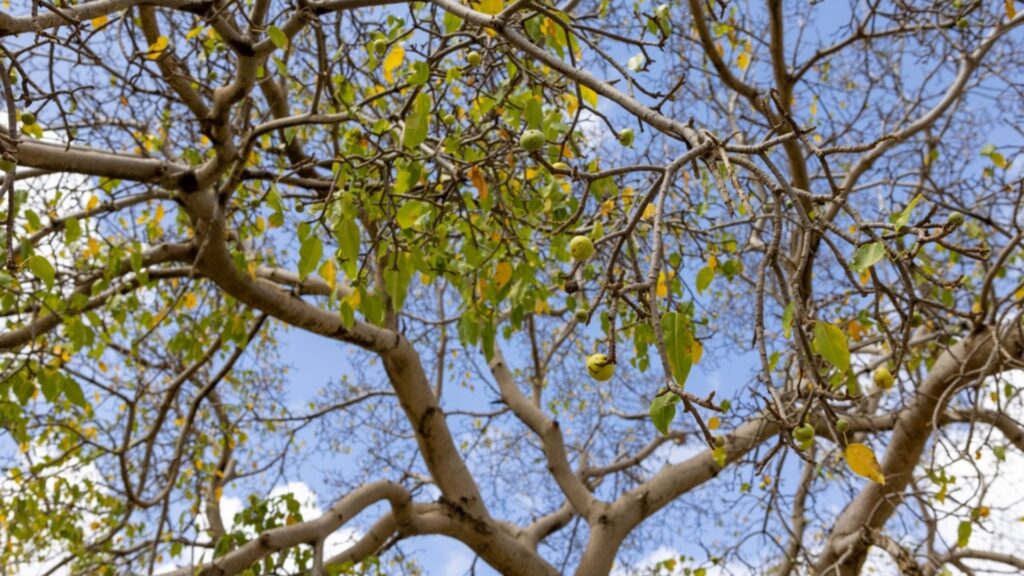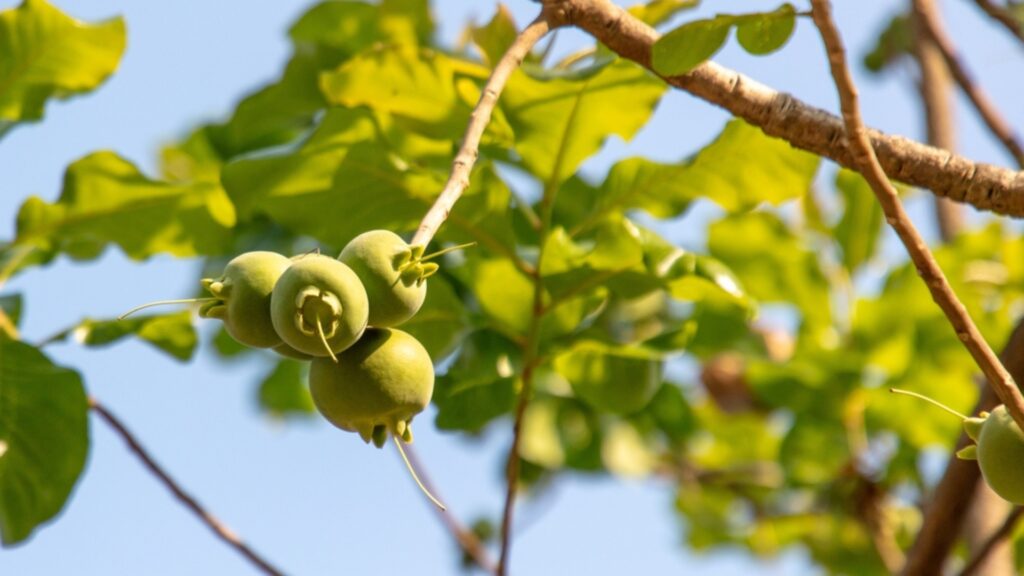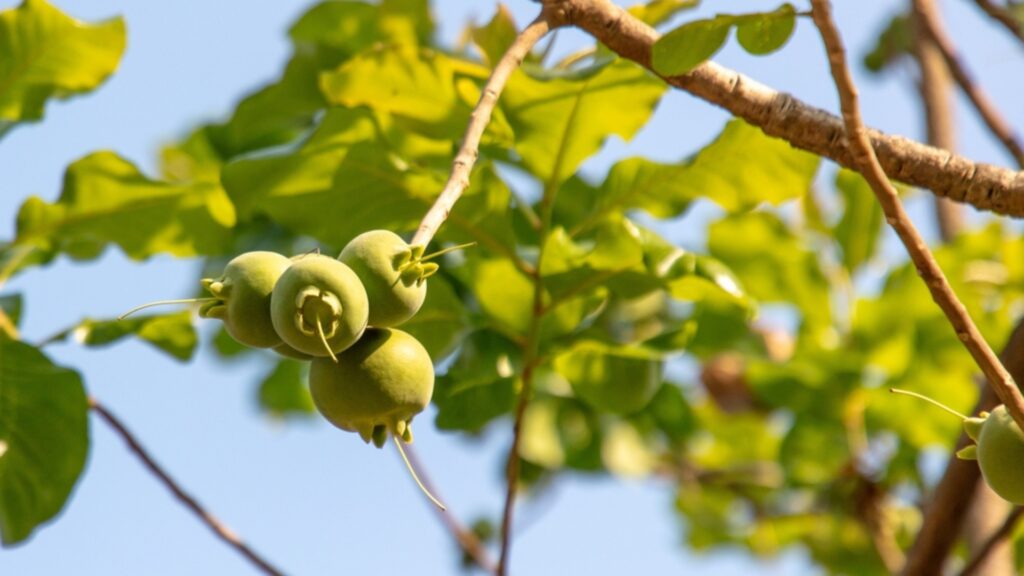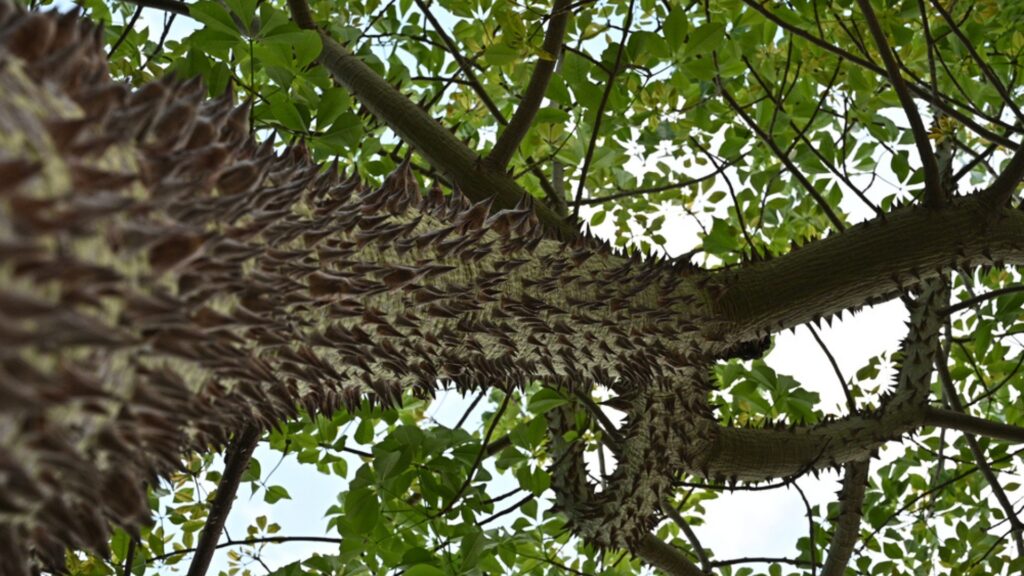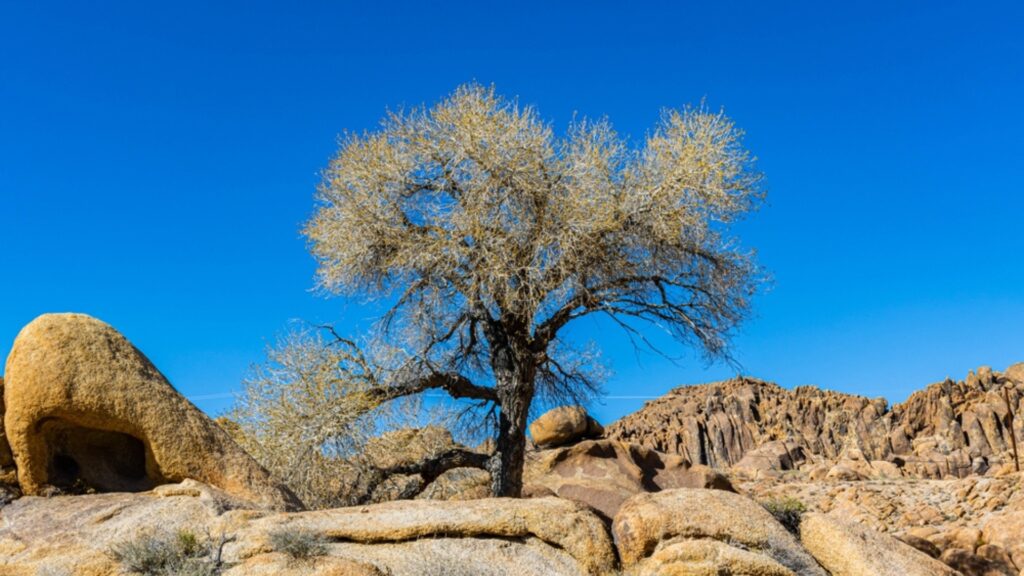When you think of deadly creatures, your mind probably goes to rattlesnakes, sharks, or bears.
But what if the most dangerous thing in nature wasn’t an animal at all?
There’s a tree in America that’s so toxic, it puts rattlesnakes to shame – 12,000 times over. And the scariest part? You might not even realize it’s dangerous until it’s too late.
The Manchineel Tree: The One Tree You Never Want to Meet
If there were a “Most Wanted” list for trees, the Manchineel would be public enemy number one.
Found in parts of Florida and the Caribbean, this seemingly unassuming tree hides a deadly secret beneath its glossy green leaves.
It’s no wonder Spanish explorers nicknamed it “La Manzanilla de la Muerte” – the Little Apple of Death. While most trees are known for giving life, this one is infamous for taking it.
Believe it or not, this tree is so dangerous it earned a spot in the Guinness World Records in 2011 as the most toxic tree on the planet.
So why hasn’t this tree been wiped off the map? Believe it or not, the Manchineel has a role in nature, providing habitat for birds and stabilizing coastal ecosystems.
But for humans, it’s best admired from a distance – preferably from behind a warning sign. If you ever find yourself near one of these toxic titans, remember the name, respect the danger, and whatever you do – don’t take a bite.
So, What’s The Deal With The Manchineel Tree?
At first glance, the Manchineel tree might seem like just another shady spot on a hot day, but don’t be fooled by its innocent appearance. This tree packs a toxic punch that’s no walk in the park.
Every part of the Manchineel – from its leaves to its bark – contains a deadly cocktail of toxins, making it the world’s most dangerous tree.
The real kicker? Its sap contains a potent toxin called phorbol, which is so corrosive that even a single drop can cause severe skin blistering and intense pain.
The Manchineel doesn’t stop at just skin irritation. Stand under it during a rainstorm, and you might find yourself in a world of hurt – literally.
Raindrops washing over the tree’s leaves mix with its sap, creating a painful, blistering shower for anyone unlucky enough to seek shelter beneath its branches.
And the tree’s deceptively sweet-looking fruit? Locals call it the “beach apple,” but take one bite, and you’ll be in for a nauseating, throat-swelling ordeal that can even prove fatal.
Inhaling the smoke from burning Manchineel wood is like signing up for respiratory distress, and contact with your eyes can lead to temporary or permanent blindness.
In short, the Manchineel tree is a botanical booby trap that has evolved into one of nature’s most lethal defense systems.
How To Identify This Notorius Tree Species?
The Manchineel tree may not be the tallest in the forest, but it certainly catches the eye with its dense, compact form.
Typically growing between 15 to 50 feet tall, this tree has a bushy, rounded canopy that gives it a full, almost umbrella-like appearance. Its trunk is straight and grayish-brown, with bark that can appear cracked or peeling, adding to its rugged look.
The leaves are one of its most distinguishing features, with smooth, oval-shaped blades that are 2 to 4 inches long and a shiny, deep green color.
They are arranged alternately along the branches, giving the tree a dense, leafy texture. The leaves themselves are thick and leathery, often with a glossy finish that can make them look inviting in the sunlight – but remember, it’s best to admire this beauty from a distance.
The fruit of the Manchineel tree is another key indicator – small, round, and greenish-yellow, resembling a tiny apple.
These fruits grow in clusters and are typically about 1 to 2 inches in diameter, often appearing in the late summer to early fall. The tree also produces small, inconspicuous flowers, which are generally yellow or greenish in color and cluster together in spike-like formations.
Unfortunately, The Manchineel Tree Isn’t The Only Dangerous Tree Out There
While the Manchineel tree certainly earns its place as one of the most notorious, it’s far from the only tree with a deadly reputation.
Enter the Sandbox tree – a tropical terror that’s just as hazardous in its own right. Growing up to 100 feet tall, the Sandbox tree is native to Central and South America, thriving in tropical rainforests and forest edges.
The tree is known for its explosive seed pods, which can shoot their seeds with incredible force, hurling them up to 50 feet away. Let’s just say it’s enough to cause serious injury if you’re caught in the crossfire.
But it doesn’t stop there. The Sandbox tree is notorious for its toxic sap, which can cause painful burns, and its bark is studded with sharp spines, making it easy to get hurt just by getting too close.
The dangerous nature of the Sandbox tree is no joke, earning it the nickname “Dynamite Tree.”
Well, if you think the Manchineel tree is the worst of it, think again: nature has more deadly surprises in store!
And Don’t Forget These Guys!
The Eastern Cottonwood Tree might look majestic with its towering height of up to 100 feet and its broad, heart-shaped leaves, but don’t let its size fool you.
This tree’s white, fluffy cotton-like seeds float through the air in the summer, creating a cloud of irritants that can trigger allergies in even the toughest of sinuses.
Add to that the fact that its bark can harbor fungal spores, and you’ve got a tree that’s beautiful but troublesome for those with respiratory sensitivities.
The Black Locust Tree, though often planted for its shade and stunning flowers, hides a dark side, too. The tree’s thorns are sharp enough to draw blood, but its real danger lies in its toxic bark, leaves, and seeds.
Consuming even a small amount can cause nausea, vomiting, and in severe cases, death. Despite its beauty and ability to thrive in harsh conditions, this tree is one that should definitely be respected from a distance.
Well, nature can be beautiful, but it’s also full of surprises. Stay safe, stay informed, and never let a tree catch you off guard!

